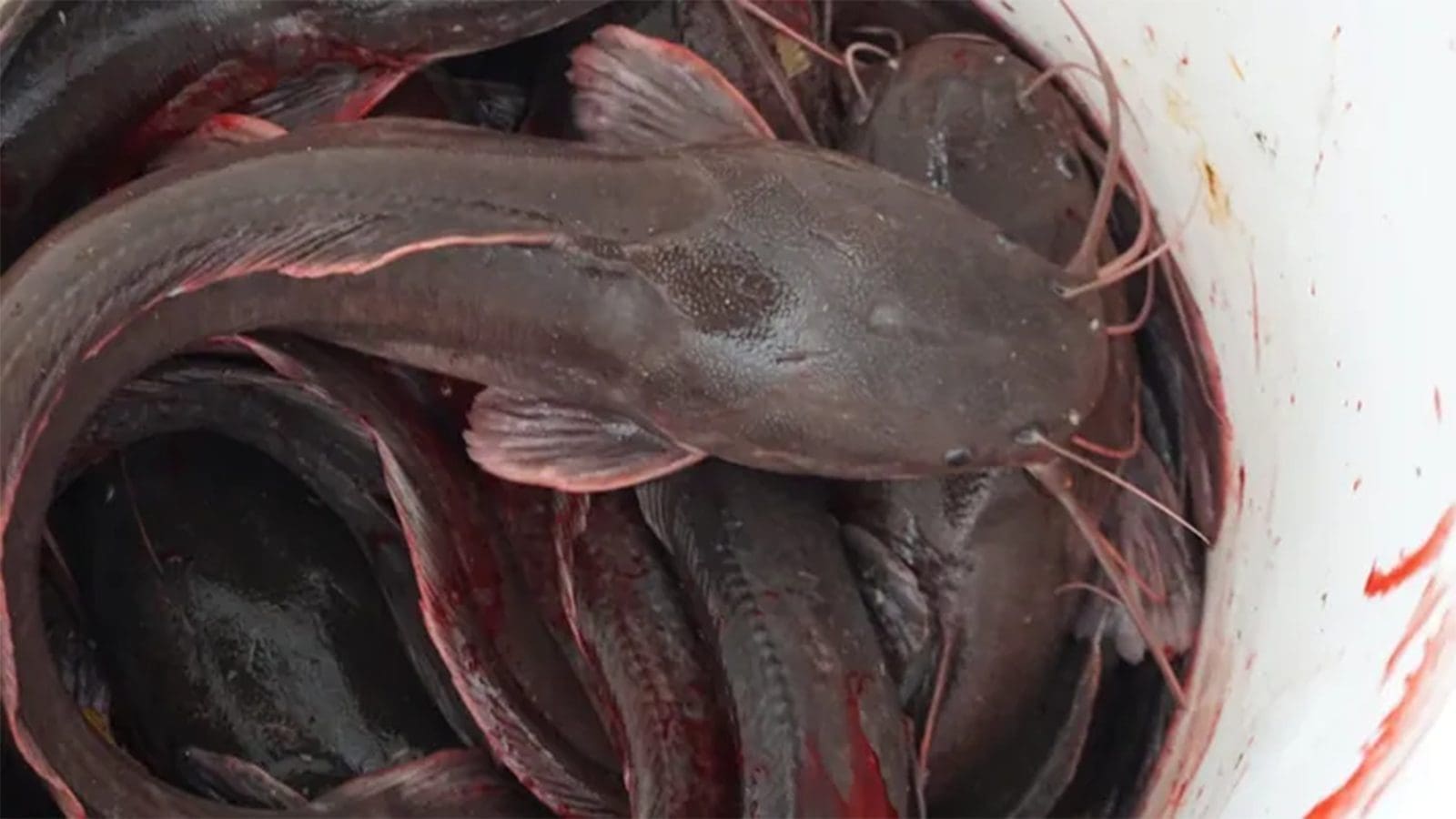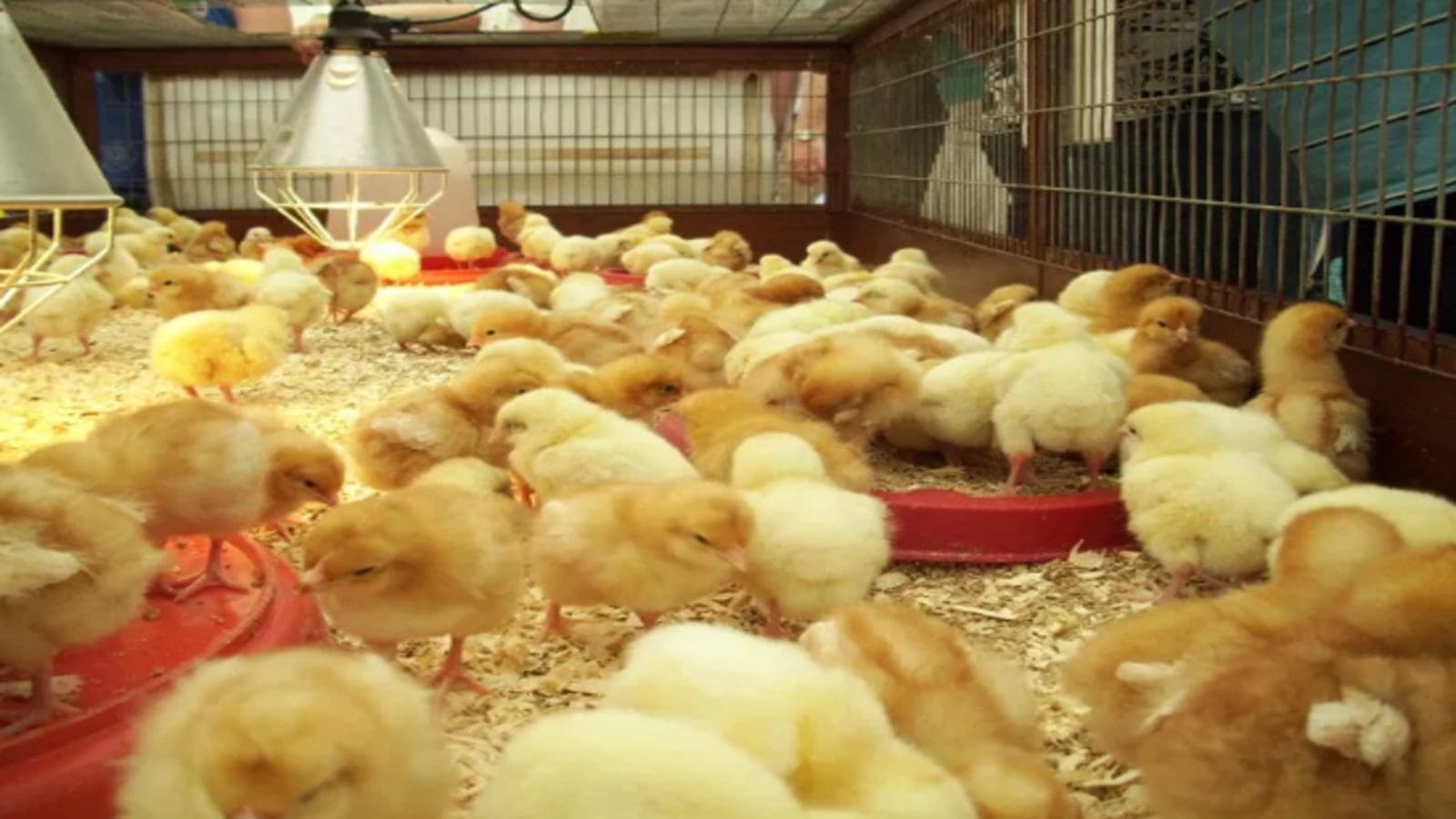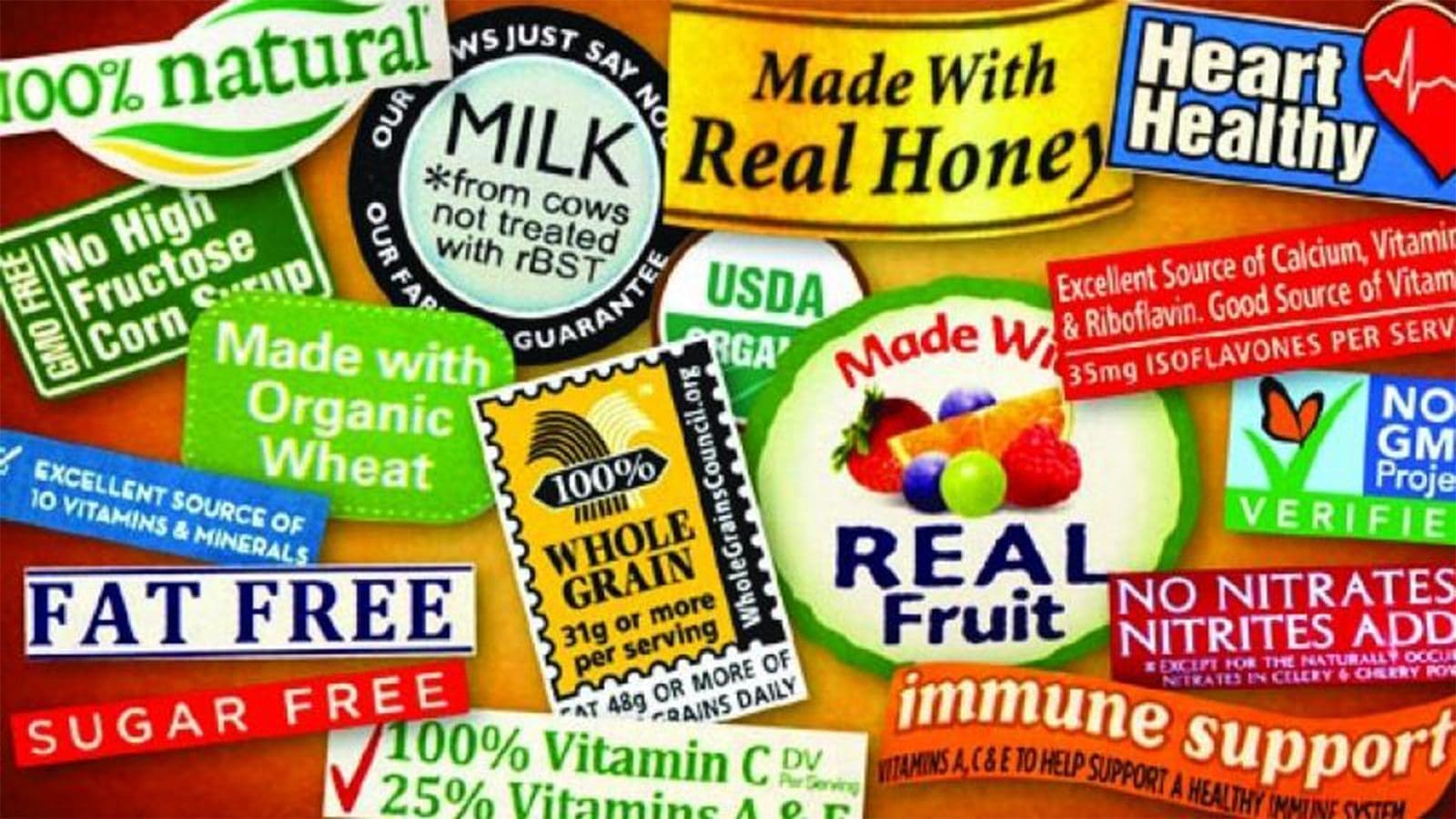U.S – The U.S. Department of Agriculture’s Food Safety and Inspection Service (USDA’s FSIS) has released two generic Hazard Analysis and Critical Control Point (HACCP) models for raw, intact catfish products (Siluriformes).
One model demonstrates the process of developing a HACCP plan for farm-raised catfish, and the other model illustrates the process for wild-caught catfish.
Generally, live catfish are processed into whole fish, fillets, steaks, strips, and nuggets. These products are typically sold raw. Raw products may be marinated, vacuum-tumbled, injected, or single ingredient. Catfish fillets are also shipped frozen.
Frozen products may contain a preservative (polyphosphate) which is used to minimize excessive water loss during freezing. Polyphosphates are added to the product in a (non-vacuum) tumbler. Little if any U.S.
While the models’ Critical Control Points (CCPs) do not necessarily apply to all operations or products, they may serve as starting points for similar products, says FSIS.
The flow diagrams demonstrate general production processes and should be modified to reflect an establishment’s specific processes.
Additionally, the food safety critical limits selected must come from scientific documents or other reliable sources. FSIS’ models include references for guidance on the selection of critical limits.
In October 2020, FSIS updated its HACCP guide and multiple generic HACCP models. The revised Guidebook for the Preparation of HACCP Plans leads an establishment through the process of developing a HACCP plan according to seven principles and provides links to additional reference materials.
Templates are provided in the HACCP guide so establishments can capture product-specific information as demonstrated in the guide.
USDA first published the Pathogen Reduction/Hazard Analysis Critical Control Point (HACCP) Systems Final Rule in July 1996. The HACCP regulations require establishments to develop and implement a system of controls designed to address safety hazards reasonably likely to occur in their production process.
On December 2, 2015, FSIS published the final rule Mandatory Inspection of Fish of the Order Siluriformes and Products Derived from Such Fish. The final rule amended the Agency’s regulations to establish a mandatory inspection program for catfish and for products derived from catfish.
The final rule explains that, because catfish are an amenable species under the Federal Meat Inspection Act (FMIA), the catfish inspection program is part of the FSIS meat inspection program.
Liked this article? Subscribe to Food Safety Africa News, our regular email newsletters with the latest news insights from Africa and the World’s food safety, quality and compliance. SUBSCRIBE HERE








